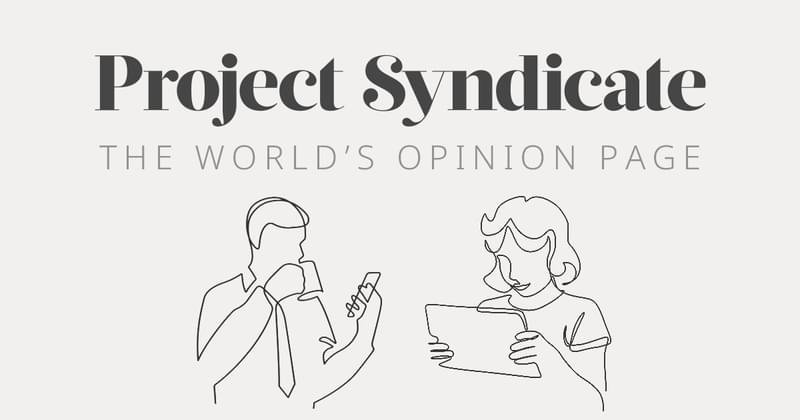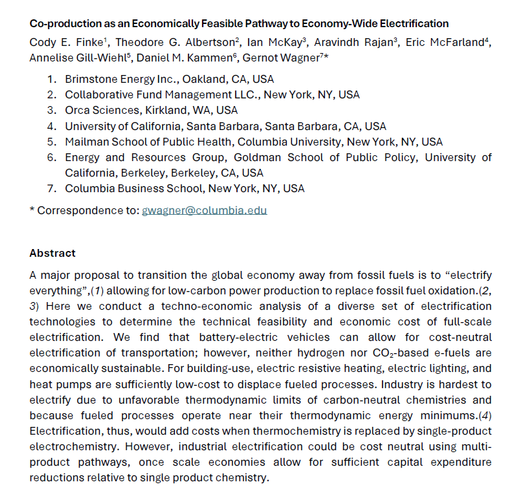Capture or cut carbon to make steel greener?
Financial Times business school teaching case study
Iron ore + coal = iron + carbon dioxide. This chemical reaction, known long before the invention of the periodic table, is a key part of the steelmaking process and has helped build the modern world. But every tonne of iron generates more than two tonnes of CO₂, giving the iron and steel sector outsize importance in addressing climate change: it is responsible for one-tenth of global annual greenhouse gas emissions.
Greener methods are helping, such as recycling steel and producing iron in furnaces powered by natural gas, a somewhat cleaner fossil fuel than coal. Combined, they offer ways to reduce carbon emissions by as much as 70 per cent. These methods account for nearly a third of global steel production, with the remainder from coal-powered furnaces.
Continue reading at ft.com.
Related:
Decarbonizing steel, Columbia Business School’s Climate Knowledge Initiative
Stegra: Green Hydrogen Steel (Columbia Business School)
Electra: Decarbonizing steelmaking through carbon-free iron (Columbia Business School)


